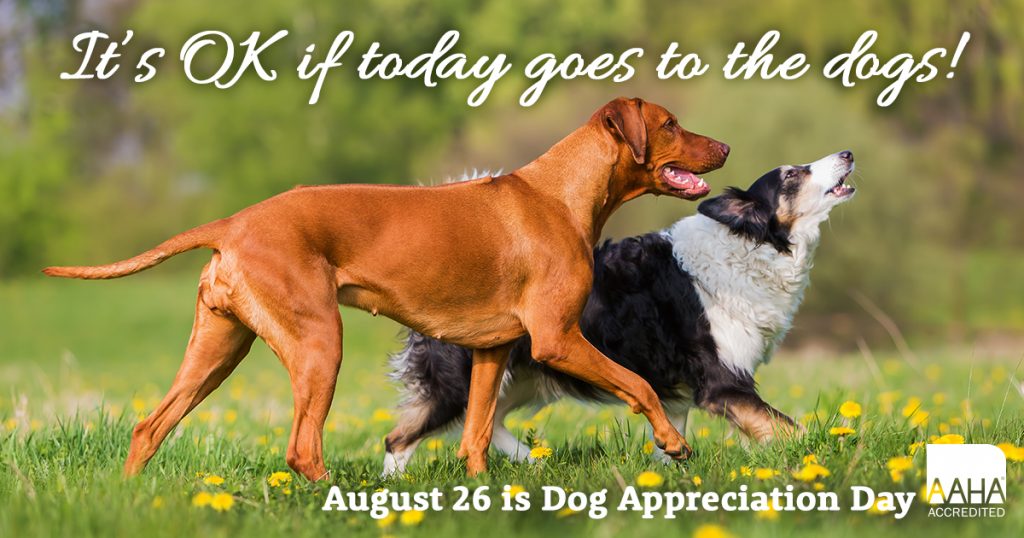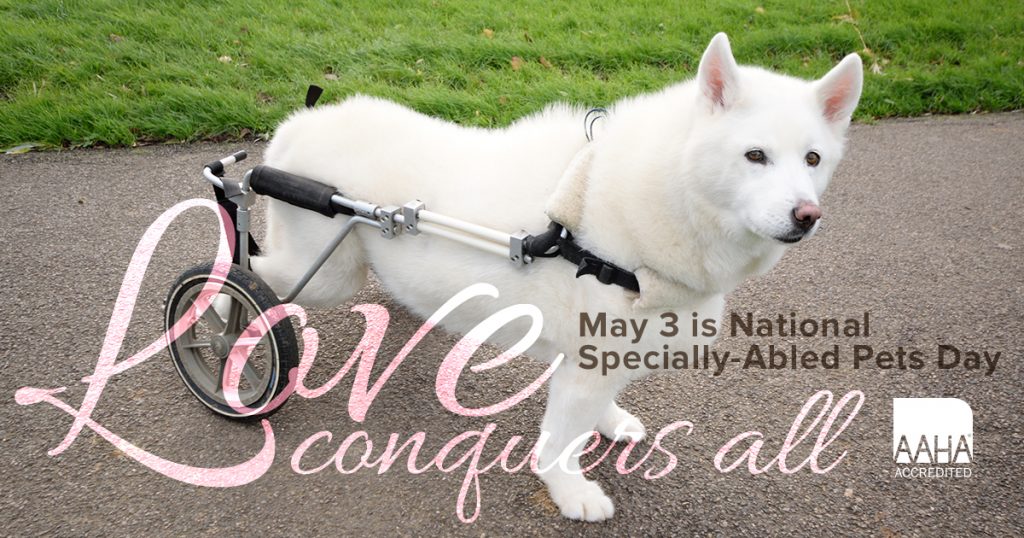
In fact, regular exercise is an absolute must for any arthritic dog – it’s just a matter of finding that perfect balance.
Striking a Balance
When it comes to exercising your arthritic dog, too much can cause pain, and too little will worsen their condition. Movement and activity is important to keep your dog’s muscles strong and improve circulation, which brings healing blood flow, oxygen, and increased range of motion to those achy joints. Plus, consistent exercise helps keep your pup at a healthy weight, removing excess stress and strain on their joints – another absolute must for arthritic dogs.
So how do you exercise your dog in a way that will give them all these wonderful benefits, while still keeping them safe and pain-free?
Exercise Do’s and Don’ts
By following a few simple do’s and don’ts, you can find the amount and type of activity perfect for your pup. Here are the golden rules to keep in mind in order to safely and effectively exercise your arthritic dog.
Do: Go Low Impact
Think swimming, walking, and gentle play. Low impact activities are great for the cardiovascular system, increasing muscle strength and girth, improving range of motion, helping with weight loss, and circulating blood to stiff joints. Swimming is an especially wonderful option for arthritic dogs, as the water is very soothing to muscles, supports much of their bodyweight, and inhibits sudden movements that could cause injury.
Don’t: Encourage Running or Jumping
Avoid activities in which your pup has to jump, leap, turn quickly, or run, such as Frisbee or long-range games of fetch. In arthritic dogs whose joints are already in a weakened condition, this is a recipe for injury.
Do: Warm Up and Cool Down
Many arthritic pets will be stiff right when they get up, but a warm up that’s as simple as a minute or two of gentle walking around the house will do the trick. Starting the exercise process gradually also helps reduce the risk of muscle injuries, sprains, and cramps. If your pup need a little incentive to get moving, try spurring them on with a treat or toy. Cooling down is equally as important, helping to remove lactic acids in the body which can increase stiffness or soreness.
Don’t: Overdo It
Let your dog be your barometer. Watch them closely for signs of overexertion such as heavy panting, pain, or discomfort, and adjust your activity level accordingly. Pushing forward can increase the risk of injury, especially if exercising is new for your pet. For this reason, it’s important to introduce new exercises slowly and gradually, closely gauging how your dog reacts.
Do: Keep It Consistent
Do your best to create an exercise program for your dog that can be done daily, or every other day. This consistent routine will keep their joints and muscles in proper condition to avoid injury. Get creative here. While it may not be realistic for you to take your dog swimming every day, a short ten-minute walk or gentle indoor play session before and after work may be much more doable and still extremely beneficial.
Don’t: Go for Intensity
If your dog (and/or you) has been mostly sedentary during your 9 to 5 workweek, it can be tempting to cram in marathon exercise sessions on the weekends to make up for lost time. This “Weekend Warrior Syndrome” is in fact dangerous for you both, especially for your arthritic dog. Lacking the proper conditioning, your dog’s joints are more prone to injury during these marathon activity sessions, doing them more harm them good.
In Conclusion:
We’ll leave you with one last final things to keep in mind: something is always better than nothing.
On days when you come from home a long day of work and collapse on the couch, or it’s bitterly cold outside, or the kids are all sick with the flu and you can’t possibly imagine mustering the energy to take your dog out for some exercise, remember: something is better than nothing. Simply 5 to 10 minutes of walking or playing, even just around the house, adds up and makes a huge difference day after day. So, grab your dog and get moving (following our do’s and don’ts, of course).

